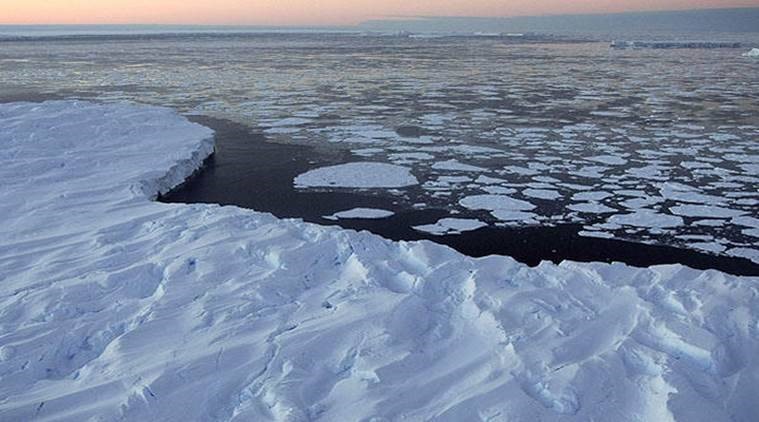Free Courses Sale ends Soon, Get It Now


Free Courses Sale ends Soon, Get It Now



Disclaimer: Copyright infringement not intended.
Context
Other details
Findings of report
Malting Magnitude of glaciers
Temperature and impact on Rivers
Snowfall
Permafrost
Implications
Significance of Hindu Kush Himalayas’ (HKH) Glaciers
Way Ahead
|
Cryosphere
|
Must read Article:
https://www.iasgyan.in/blogs/list-of-indian-glaciers
|
PRACTICE QUESTION Hindu Kush Mountains are changing. Elaborate in the context of recently released report by International Centre for Integrated Mountain Development. Highlight the benefits of preserving glacier and also discuss the measure which could be taken to fasten efforts in protecting this region. (250 words) |
© 2024 iasgyan. All right reserved